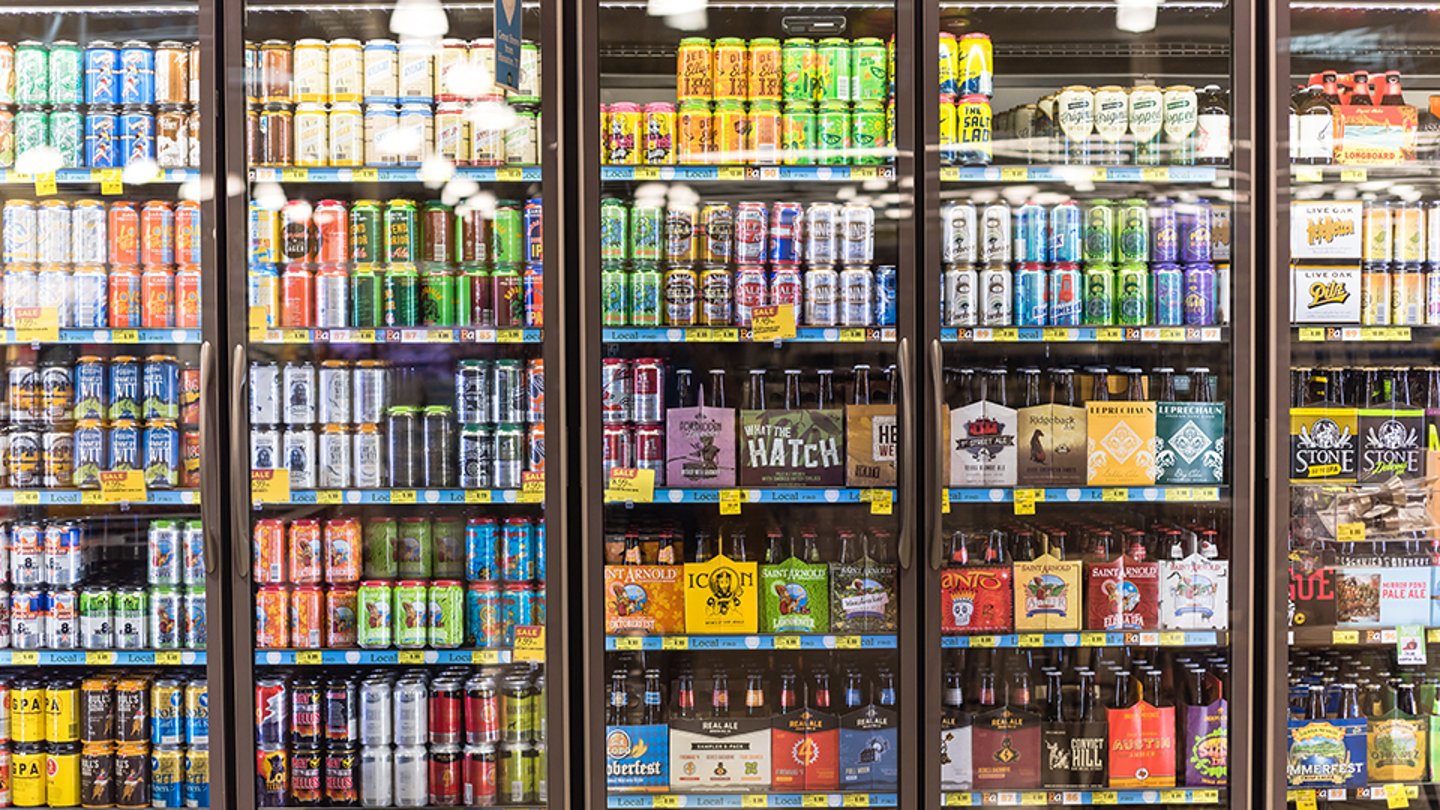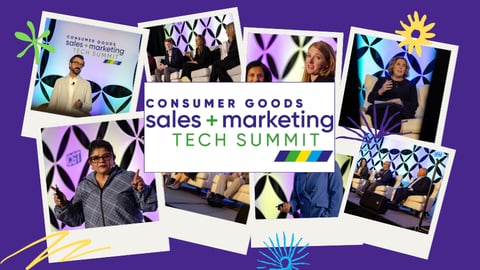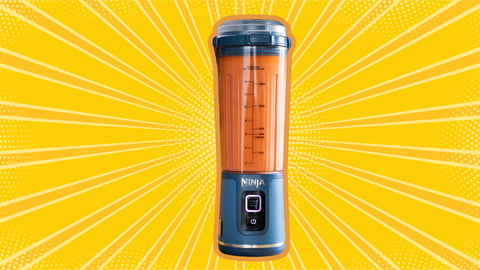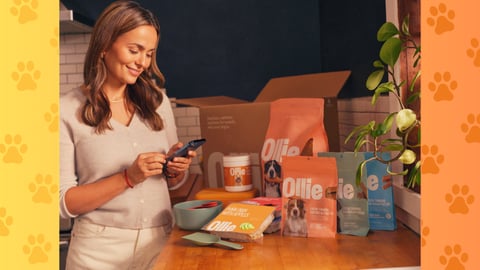3 Ways CPGs Are Falling Short at Retail
Consumers have enough to worry about; the last thing they want to deal with is a bad experience.
That was the underlying theme through much of Shoptalk last week, as the industry navigates a fractured retail landscape with serious obstacles, from trade uncertainty to artificial intelligence disruption. Trying to serve an uncertain consumer with endless options is not easy.
“The consumer is stressed. They're stretched. The low-end consumer is living very, very precariously, and their financials are tough. … The stock market is volatile, so that means the high-end consumers’ behavior is going to be volatile,” noted Stephen Sadove, former CEO of Saks and private equity investor advisor, at a press breakfast.
Related: Learn more about the role of tech-enabled merchandising in CPG
In a series of conversations with industry providers during the event, CGT collected insight into a few specific ways CPGs are currently struggling.
1. They’re fumbling the data exchange equation
Consumer goods brands aren’t always doing a great job of moving beyond transactional experiences for consumer data, according to Sara Richter, CMO of SAP Emarsys.
“Brands sometimes forget how much that data matters to the individual who has given it to them and that they are expecting a value exchange on the other side of it,” said Richter. “‘I gave you something about me. I told you something about me that was important. Are you going to turn it into dark data? Or are you going to activate it and personalize your future engagements with me based on that, and make me want to engage with you further — and hopefully purchase from you again?’
“Obviously, it can’t just be esoteric. It has to be about revenue, but also to give you more information so that the relationship becomes more valuable, [and] it becomes more personal. You know more about me, I know more about you, and we're able to have a two-way conversation — not just a one-way batch-and-blast email conversation, which is not what successful engagement is about today.”
2. They’re having a harder time reaching younger BevAlc consumers
BevAlc brands are under pressure to reach and maximize younger consumers for a number of reasons, including the availability of more potent cannabis-based drinks, said Kevin Corcoran, chief sales officer of image recognition provider GoSpotCheck. “You don't need multiple — one will do it.”
Younger consumers’ discretionary dollars are often going to online gambling rather than alcohol, he said, and they also have a reluctance to mix alcohol and gaming.
“You need reflexes,” he noted. “So the newer generation isn't modeling what their parents and what their grandparents were doing, because they're living in a different world.”
3. They’re not built to be discoverable in the new channels
Speaking of generational divides: Younger consumers are less likely to engage with email and text marketing than older ones, instead preferring to engage via messaging apps, said Rob Garf, SVP of retail strategy and insights at martech provider Cordial.
“They're also searching for products on ChatGPT and Perplexity,” he noted. “The way the marketing funnel worked forever was pulling consumers to your brand and then engaging and hopefully converting. And now it's about pushing your brand to whoever the consumers are, and that means becoming discoverable in those channels.”
As AI-enabled shopping agents enter the picture, it won’t be enough for consumer goods manufacturers to make their products discoverable to just retailers and consumers. They’ll also have to be able to reach the agents who are transacting on behalf of shoppers, according to Garf.





